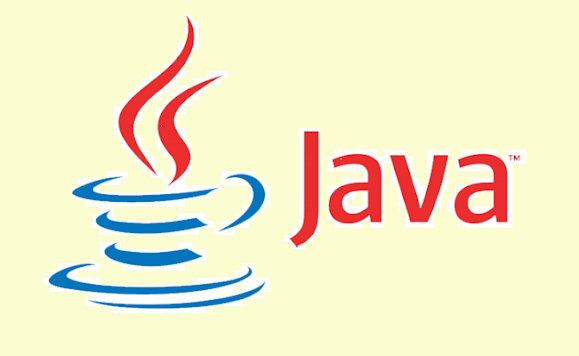Objectives:
- Understand the history and significance of Java
- Learn how to set up a development environment for Java
- Familiarize yourself with the basic syntax and structure of a Java program
Introduction:
- Java is a popular programming language and computing platform that was first released by Sun Microsystems in 1995. It is designed to be platform-independent, meaning that Java code can run on a variety of hardware and operating systems without modification.
- Java is commonly used for developing enterprise-level applications, mobile apps, games, and other types of software.
- It is an object-oriented language and follows a "write once, run anywhere" philosophy, which makes it a popular choice for cross-platform development.
History of Java:
- Java was first released in 1995 by Sun Microsystems. The original version of Java was called Oak, but it was later renamed to Java.
- The language was designed to be platform-independent and to be able to run on a variety of hardware and operating systems.
- The first version of Java, Java 1.0, was released in 1996. Since then, Java has undergone several major revisions, with the latest version being Java 15, released in September 2021.
Setting up a Development Environment:
In order to write and run Java programs, you will need to have a development environment set up on your computer. The most commonly used development environment for Java is the Eclipse Integrated Development Environment (IDE).
You can download the latest version of Eclipse from the official Eclipse website (https://www.eclipse.org/downloads/). Once you have Eclipse installed, you can create a new Java project by going to File > New > Java Project.
Basic Syntax and Structure of a Java Program:
Java programs are made up of one or more classes, and each class contains one or more methods. A basic Java program will have the following structure:
public class MyClass {
public static void main(String[] args) {
// Your code goes here
}
}
The public class keyword is used to define a class, and the name of the class (in this case, "MyClass") must match the name of the file (MyClass.java).
The public static void main(String[] args) method is the entry point of the program, and is where the program's execution begins. Any code you want to run must be placed inside the main method.
Practice:
- Create a new Java project in Eclipse
- Create a new class called "HelloWorld"
- Inside the main method, add a line of code that prints "Hello, World!" to the console
- Run the program to see the output


Post a Comment